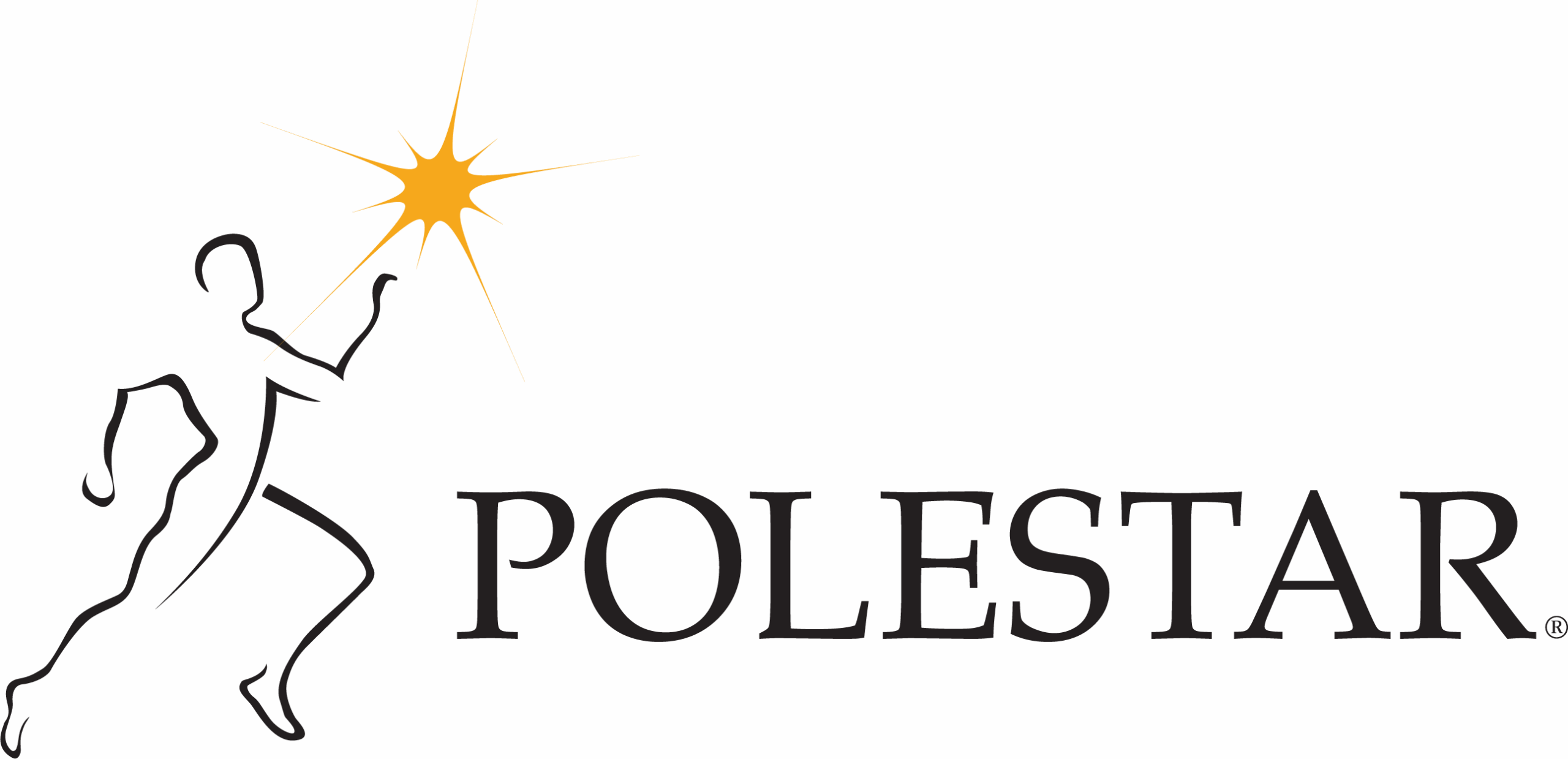Written by Polestar Graduate and Mentor for Polestar Pilates UK, Kristin Loeer.
There are many reasons for why we become Pilates Teachers. A love for public speaking does not tend to be one of them.
Kristin Loeer
As soon as we start teaching, groups, in particular, we realize that there is a side to this profession that is rather nerve-wracking. Day in, day out we walk into a large room filled with people who are all looking back at us expectantly. We feel the pressure to deliver something amazing and begin to tense up. We don’t know what to do with our hands and we can’t quite look people in the eye. We crack a nervous joke and blank unamused faces stare back at us in response. Too scared to repeat such an awkward display of disconnect we buckle down and escape into our “Pilates Teacher Mode”.
We speed up a little as we talk, somehow needing to fill the silence and give people more to do, to make sure they are satisfied and do not have time to decide that they don’t like us.
Somehow, we manage to get through the hour and as people leave, we hope desperately for a smile or a “thanks” from someone, so we know we did a good job after all. What sticks in our mind are all those people that leave without even looking at us. ‘Do they hate me?’ – we wonder. And while we are still wondering that, the next group of people are coming in and it starts all over again. At the end of the day, we are confused and exhausted and beginning to accept that there is a side to this job that makes us feel rather exposed and disconnected.
While the described above is perhaps an extreme scenario as far as Pilates Teaching experiences go, I can say that I have certainly been there during the early years and I know that many of you have been too. This kind of challenging teaching experience is particularly common at the start of our career when we take on cover classes or work for health clubs where groups are large and unfamiliar.
And while things may improve with time and experience, many of us can not quite shake off the protective “Pilates Teacher Mode” completely and never quite feel fully authentic and at ease when we teach.
It is no surprise that we feel so challenged in situations like this. Stepping in front of an expectant crowd and allowing ourselves to be seen can evoke a fight or flight response in our nervous system. This deeply instinctive mechanism causes us to lose the ability to rest into ourselves and socially engage with other people. In the end, we have spent an hour trying to manage our own stress while in the public eye, trying to connect with people and teach them healthy movement. Accumulatively this is a jarring process that could well be the first step to burnout if work situations like this persist.
We can use Stephen Porges’ Polyvagal Theory to get a better understanding of what is happening to us in classes as described above.
When we are at peace and enjoying the company of others we are in a ventral vagal state. We feel grounded, calm, and at ease. Our body is able to take care of all internal processes like digestion, restoration, musculoskeletal and cognitive function in an easy and balanced way. We feel connected to and seen by others in ways that make us feel safe and validated. This ability to socially engage with other people is something that fuels our ventral vagal state further. We have a sense of “I can.” about us and our ambitions. Most of us will have an experience of this and some of us feel at home in this state of being more so than others.
If we are under a lot of stress, experiencing pain, or managing difficult relationships, we may not find a ventral vagal state easy to maintain. When we then enter the studio in this state, we quickly begin to pick up the signals that trigger a sympathetic nervous system response. We perceive many unfamiliar eyes suddenly looking at us expectantly or even challengingly.
We are suddenly under public scrutiny and feel the pressure to perform and deliver. We tense up, our eyes go wider, and we cannot see the room as a whole anymore as we fixate on this or that. We become a little uncoordinated or even walk into things.
We get a mental block and cannot think properly. Our voice and movements speed up and our breath becomes shallow. We cannot look people in the eye. Even if we are aware of these changes, it is difficult to control or influence them. The body has gone into a sympathetic nervous system state associated with expecting or preparing for a fight or flight situation in a moment when we are desperate to connect with people and create an environment for health and well-being.
How frustrating is this? In our attempt to make it work, we put more pressure on ourselves, and our sense of “I can” changes to “I must.”
Unfortunately, no matter how much we try to hide how we really feel 70-80% of our communication with others is non-verbal and a lot of it is subconscious and instinctive.
Chances are that the class participants pick up on our sympathetic nervous system state, which means that now neither of us are able to socially engage with each other or find a state of well-being.
If this experience is repeated again and again, we may eventually collapse into a dorsal vagal state, a form of nervous system shut down. We may experience symptoms like headaches, chronic tension, stiffness and pain, voice problems, and chronic exhaustion. At this point we have a sense of “I can’t.” and something has to seriously change for us to be able to get back to “I can.”
What can we do about this? Ideally, we want to be and remain in a ventral vagal state as much as possible when we work with our clients. We want to be able to connect with them, put them at ease and role model physical and mental well-being.
Below are a few simple tips that can help you self-regulate your nervous system in preparation of those challenging classes as well as during your teaching.
Before The Class:Take A 15 Minute Time Out
Perhaps the most important question we want to ask ourselves is: how do we enter the studio? Are we already in a sympathetic nervous system state when we arrive? If we are, it will be very difficult for us to shift this while under the pressure of a teaching situation. Schedule 15 minutes before the class in which you can take time out for yourself where you are undisturbed.
Grounding
Grounding is extremely powerful in helping us shift into a ventral vagal state. Spend some time acknowledging the contact and support you are receiving from the ground and other areas in which you are making contact. Feel your feet on the floor and perhaps lean into a wall or back of a chair and feel the sense of support and holding this gives you.
Self-Contact
Give your body some support by making gentle contact with your hand on your heart, stomach, or thighs. Follow your instinct, keep it simple and give this time. Track the sensations that arise.
Identify A Resource
Ask yourself what else might help you settle and feel more the way you want to feel. Would a hot drink be helpful or maybe your favorite music on your mp3 player? Maybe you put on your favorite leggings that make you feel great? It is those little things that can be a great resource to us when it comes to settling our nervous system. You can also connect to a resourceful memory of a time when you felt the way you want to feel now. As we connect to such memories, our body resonates.
Track Your Sensations
You may observe energy rising. This is okay. Allow it to travel through you and keep acknowledging your soothing resources and the contact and containment from the ground, your surroundings and self-contact. Chances are that energy will settle if you allow a little time for this. Once you feel calmer and more relaxed, spend another moment to really soak up this nervous system state with your awareness before you enter the studio.
This 15-minute preparation will make a huge difference to your following teaching experience as it will be easier for you to maintain your ventral vagal state and your clients may also feel more inclined to connect with you from the get-go.
During the Class
Notice your Triggers and Slow Down
When you feel the very first triggers that challenge your calm, allow yourself to slow down. You have more time than you think. We quickly feel under pressure to act, especially in a fight or flight state. Know that you have time to attend to yourself.
Acknowledge the Ground
You also have contact with the ground here, just like before. Notice it and allow it to support you. You do have the time to sense the ground and acknowledge that it is always there to support you. Notice how it feels to acknowledge this.
Self-contact
Placing your hand to your heart, putting one hand into another, touching the back of your neck, whatever helped you soothe yourself before, is perfectly acceptable to do while teaching a Pilates class. There are plenty of those gestures that we do subconsciously all the time, so chances are nobody will notice as you get a powerful reminder of your ability to self-soothe.
Remember that you can
If you notice yourself thinking that you must make it through or that you must give people a positive experience, take a breath and remember that you actually don’t have to do anything at all, but that you can absolutely do this, otherwise you would not be where you are, doing what you do.
If you can follow the above steps in full you will find your teaching experience change. Not only in these challenging teaching scenarios, but also in your work with private clients and more familiar or smaller groups. However, if you are easily stressed or uncomfortable when teaching, don’t be discouraged if the above steps are not solving your problem completely right away. Often a little more support, guidance and practice is needed to help our nervous system regulate itself in challenging situations. Feel free to contact me if you would like more information on this subject or if you are seeking further support.
Kristin Loeer is a Polestar Graduate, Mentor for Polestar Pilates UK, and a Somatic Movement Coach. You can find Kristin at her website and on social media at @kristinloeer_movement





